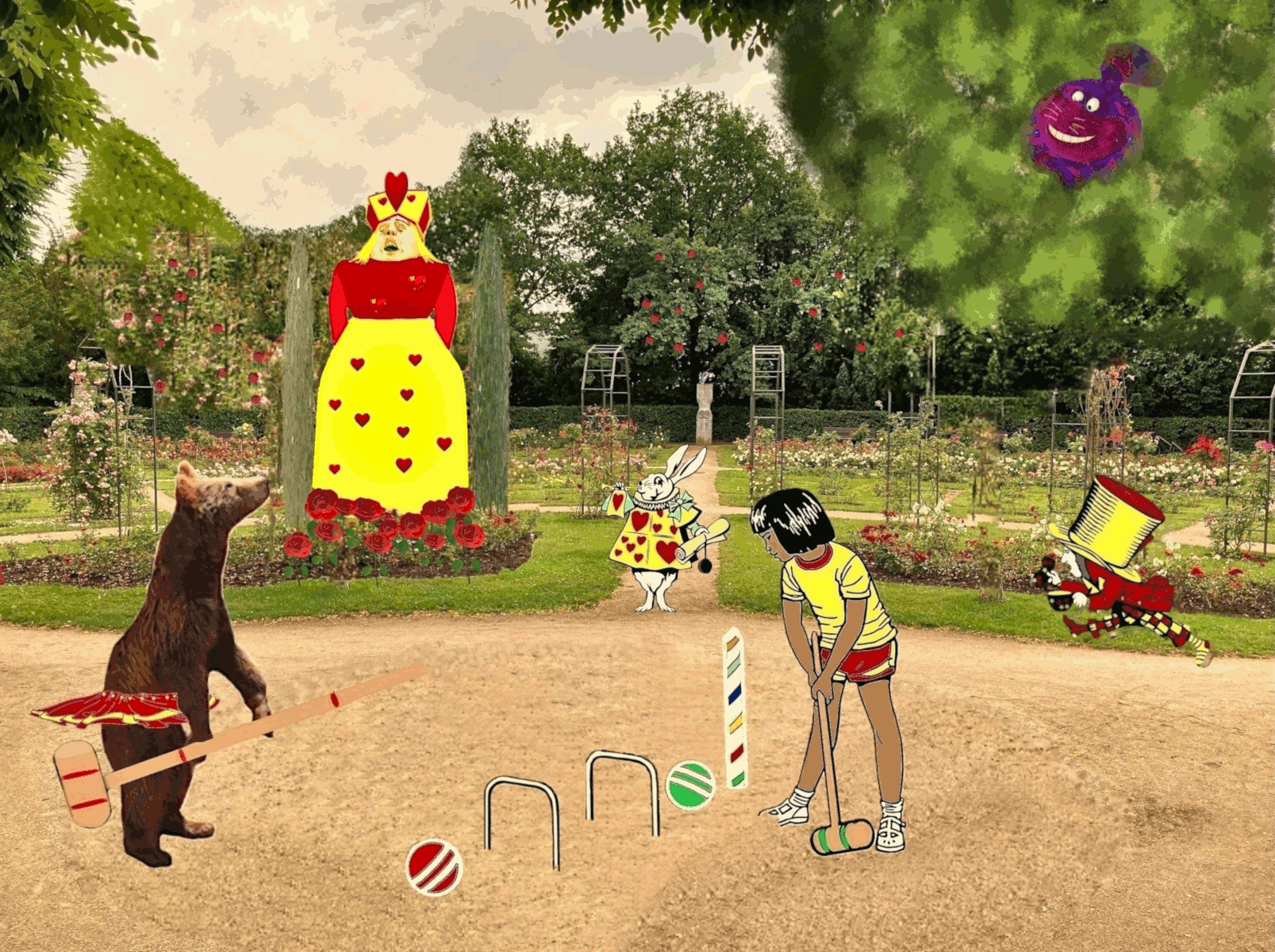
My LMAC collage this week was designed with @shaka's lovely photo as a starting point.
@shaka's photo
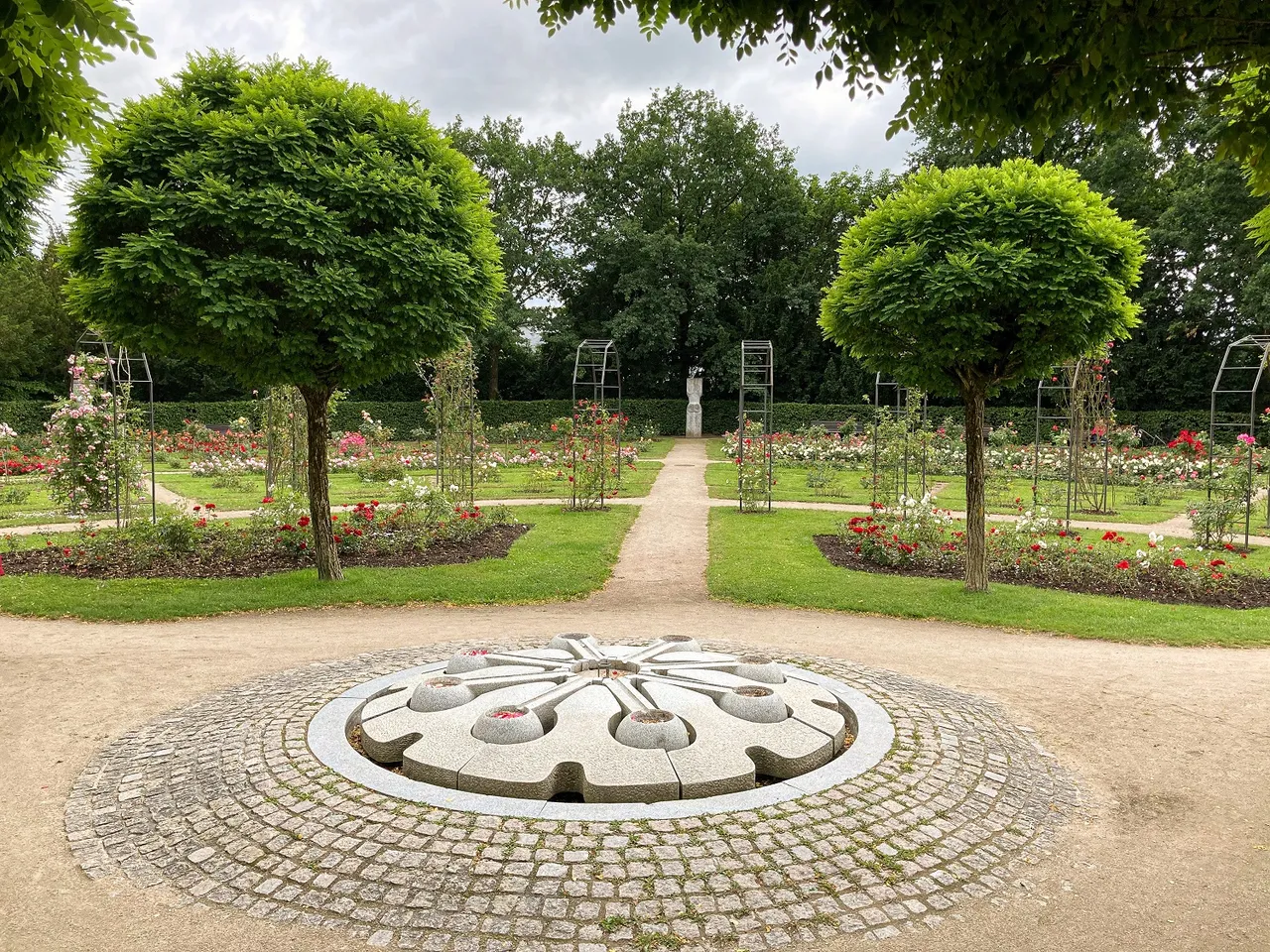
Felt, Urine and Mad Hatters
Among the zany characters featured in the collage is Hatter. This Alice in Wonderland personality is popularly referred to as the Mad Hatter, though Lewis Carroll never actually used that term. Apparently, hat makers went mad with such frequency when Alice was published, that the phrase came naturally to people's lips.
The connection between hat-making and insanity arose because of the way felt was prepared for construction of a hat. Artisans were exposed to mercury in the process.
Reconstructed Beaver Felt Hat
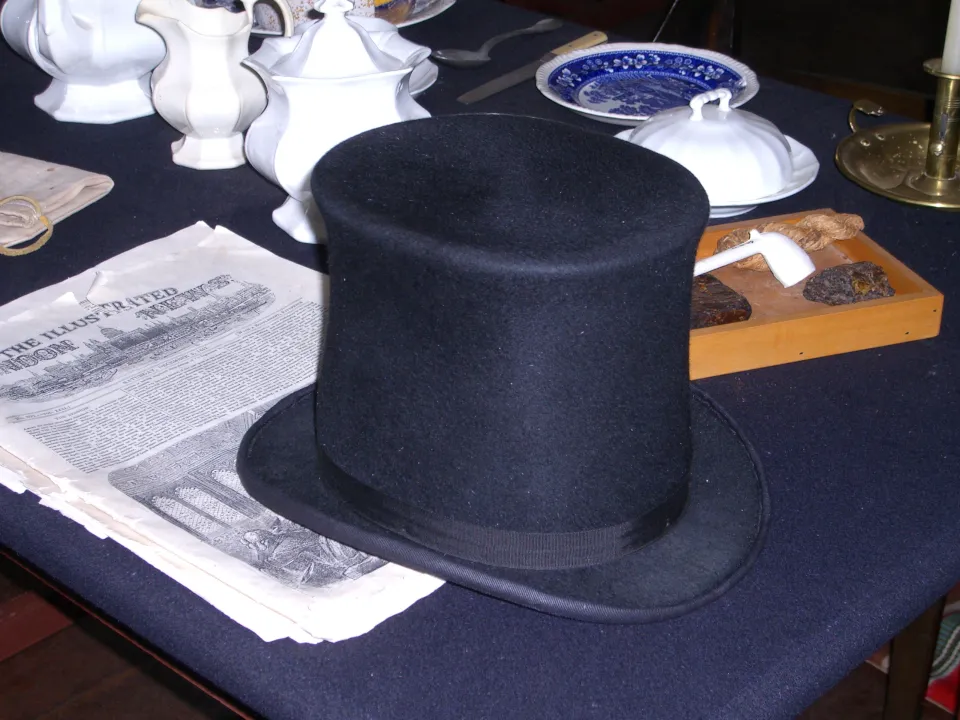
Image credit: Themightyquill. Used under a CC 3.0 license
According to felt 'expert', Jane Pullen, felt is the "oldest form of cloth known". It is not woven but is made by "matting and compressing fibers".
Yurt Covered with Felt, Central Asia
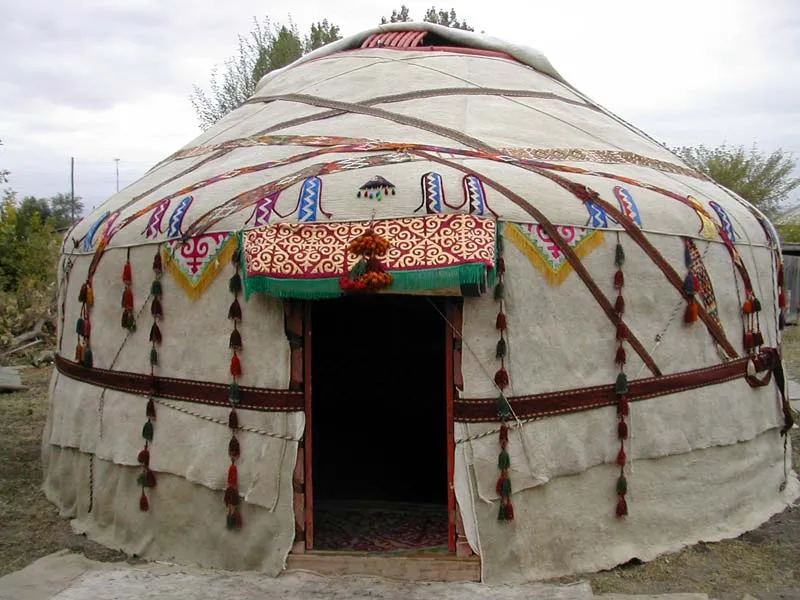
Image credit: Original uploader was Lily15 at Hungarian Wikipedia. Used under a CC 3.0 license.
The National Museum of Copenhagen features felt caps that are 3500 years old. Other felt artifacts unearthed in various parts of Europe and Asia include saddle parts, blankets and clothing.
The Making of Felt
The website, Bringing Mongolia to the World, details felt-making for a traditional yurt. Wool from a sheep or yak is beaten with wooden sticks. A sheet of wool, called the mother wool, is laid out on a field and newly-beaten wool is laid upon this base. Drops of water are dripped onto the layered wools, which are then rolled up together. The roll is covered with wet hides, tied with ropes, and dragged by horses or camels across the steppe. For hours.
Making a Felt Robe for Bakhtiari (Iranian) Shepherds
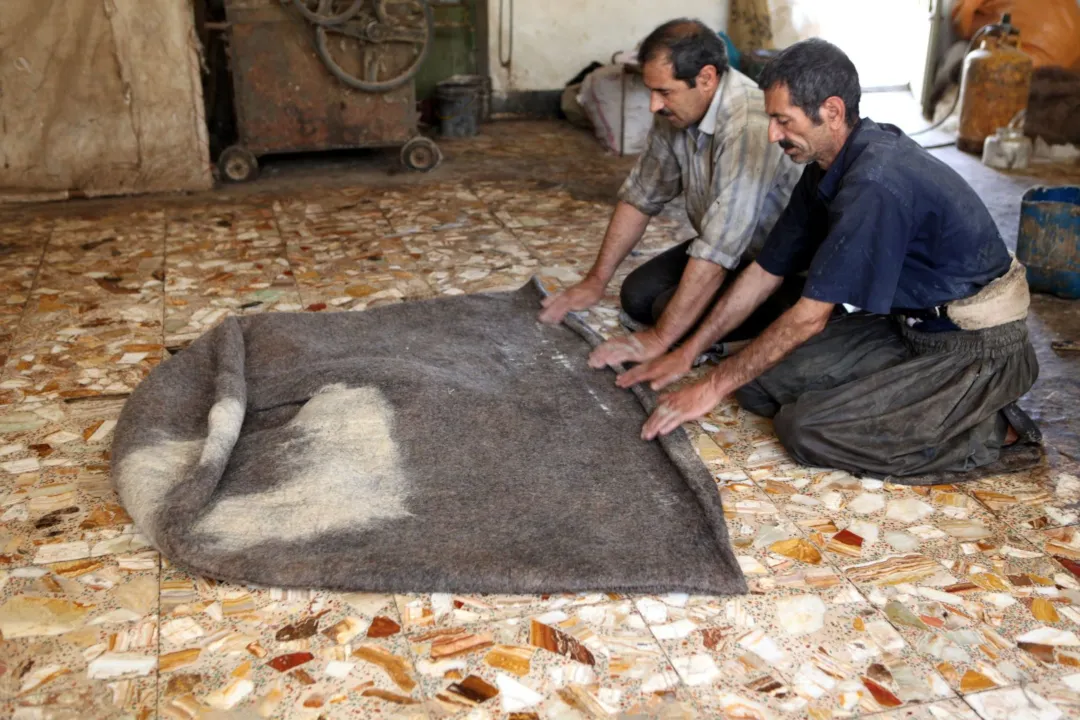
Image credit: ninara. Used under a CC 2.0 license
With such a time-consuming, labor intensive process, the development of shortcuts was inevitable.
The Use of Urine in Felt-Making
According to the website Corrosion Doctors, the Turks, who made felt from camel wool, came up with a speedy fix: camel urine. Urine conditioned the wool more quickly and easily than having the material dragged by herd animals.
It was the cultural translation of this process by European hat makers that led to mercury exposure. Since European camels were in short supply (!), hatters used their own urine.
Unfortunately, this resulted in an unpleasant side effect: mercury poisoning and insanity.
Doctor Treats Syphilis Patient with Mercury Ointment
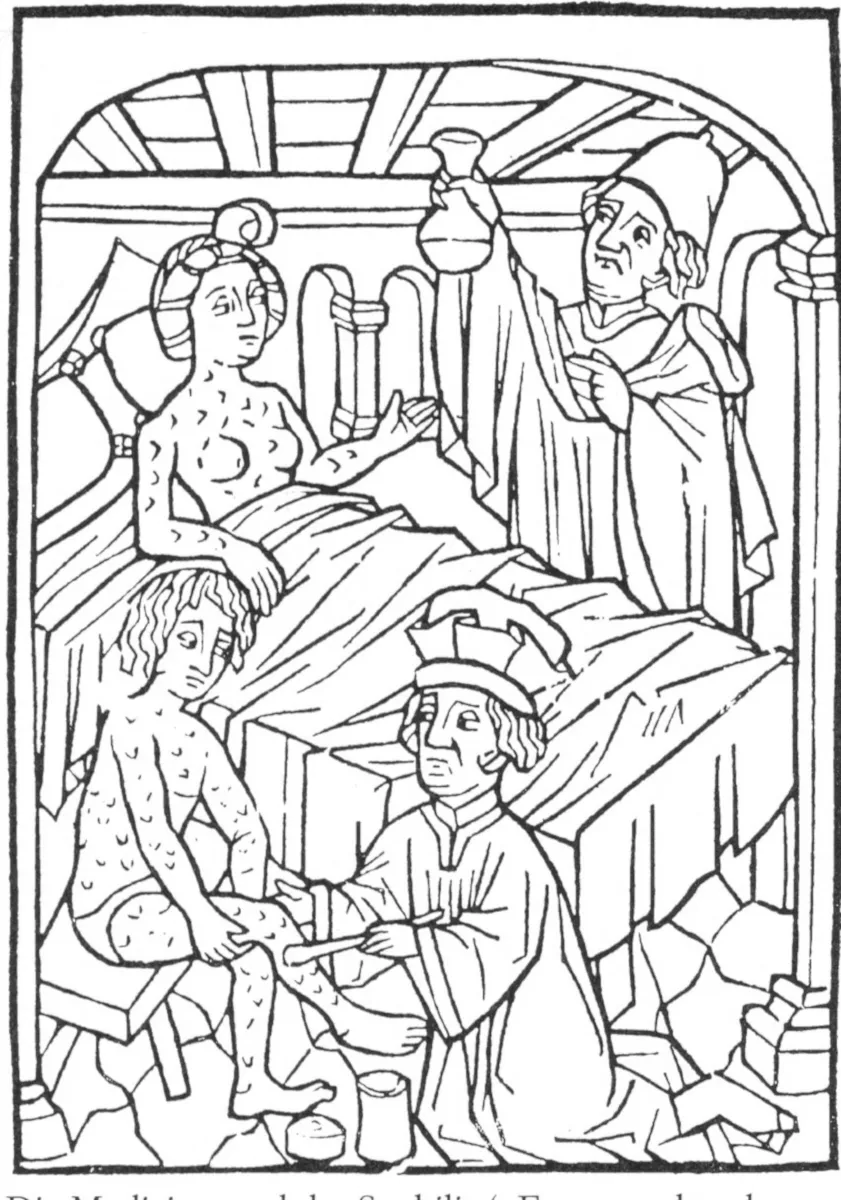
Image credit: Bartholomäus Steber (between 1497 and 1498). Public domain.
The history of mercury poisoning in hatters (apocryphal?): One French hatter was receiving spectacular results with his urine conditioning of wool. He apparently was being treated with mercury, because he suffered from syphilis. Mercury was a syphilis remedy at the time. It was given orally and applied topically.
Eventually, other hat makers wanted the same good results of their syphilis-afflicted colleague. The use of mercury nitrates for conditioning wool became common. So too so did the occurrence of insanity in hatters. The syndrome was so widespread that the phrase, mad as a hatter arose.
Hatter, as Depicted in the Original Alice in Wonderland
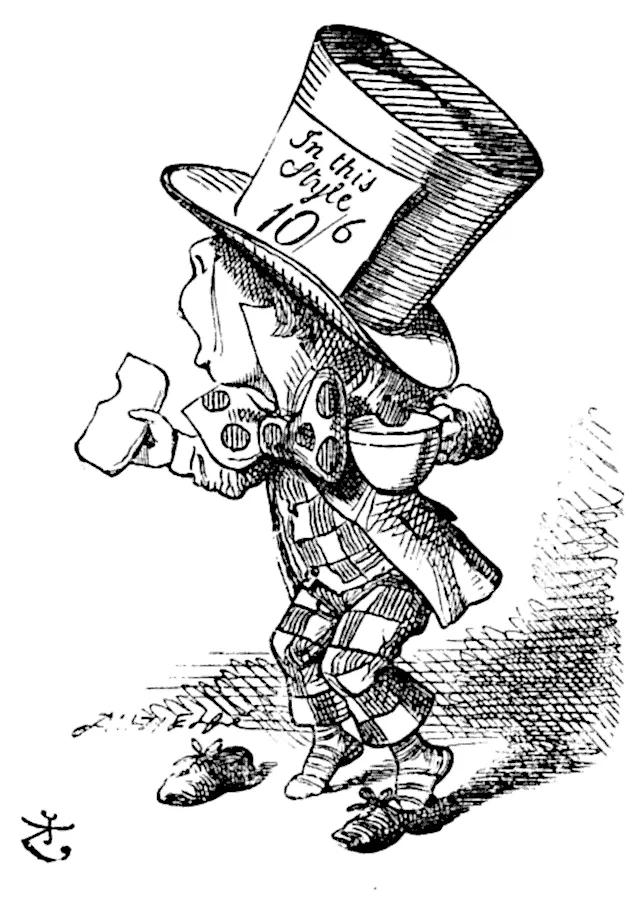
Image credit: John Tenniel, (1865). Public domain
Felt Making Today
Apparently, wool is still an essential element in most felts, but synthetic fibers may be combined with the wool. Pressing and wetting are still part of the process, but not mercury. A sulfuric acid solution may be used in commercial felt production.
Old Fashioned Felt Making Machine
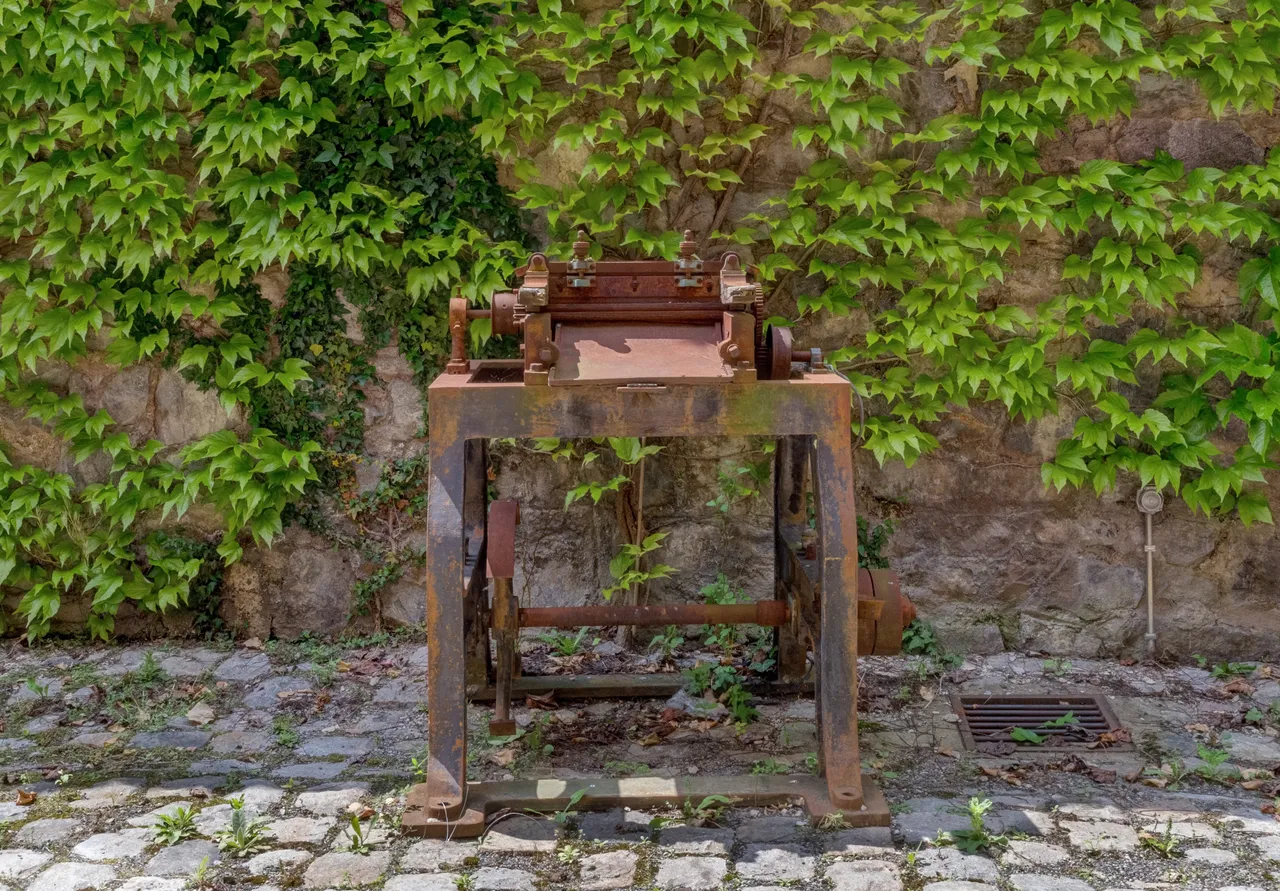
Image credit: Hélène Rival. Public domain.

My Collage
Obviously, Alice in Wonderland was the inspiration.
There were many, many steps.
I knew I wanted a game of croquet at the center, so I had to clear the foreground to do that.
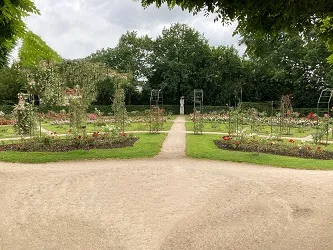
There had to be a cat in a tree.
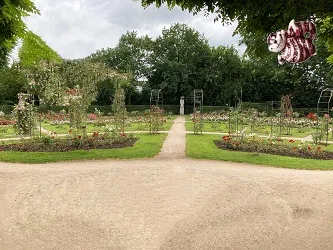
Cat from Pixabay
I needed the game itself.
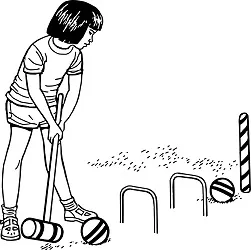 ]
]Pixabay
I made the decision to coordinate, as much as possible, everything in red and yellow, with a theme of roses or hearts.
My first player was a bear
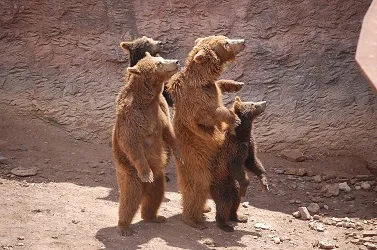
Pixabay
Dressed in a tutu:
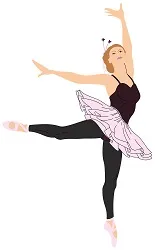
I needed a rabbit:
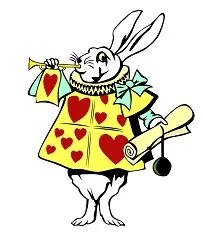
Pixabay
A Hatter:
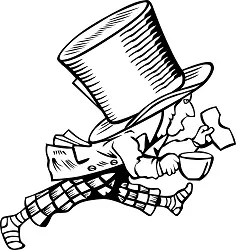
Pixabay
And a Queen of Hearts:

Pixabay
The tree in which the cat rests was created by using GIMP random color brush strokes.
Roses--each one applied separately!-are from Paint 3D, as are the shrubs next to the queen.

The collage was both easy and hard to make. I knew the effect I wanted, but couldn't get there :)) Finally, when the Hatter sipped tea, I was satisfied.
GIMP, Paint 3D and Paint were used to size, reconfigure and create all the effects.
Thank you @shaka, for prompting this journey into hat-making and fantasy. As always the journey was challenging and rewarding. Anyone who is reading this post should head over to @shaka's blog to see amazing art on display. LMAC is a welcoming community. Join in and have some fun :)
If you are concerned about skill...our resident teacher @quantumg publishes lessons and also gives tips to community members who want help.
